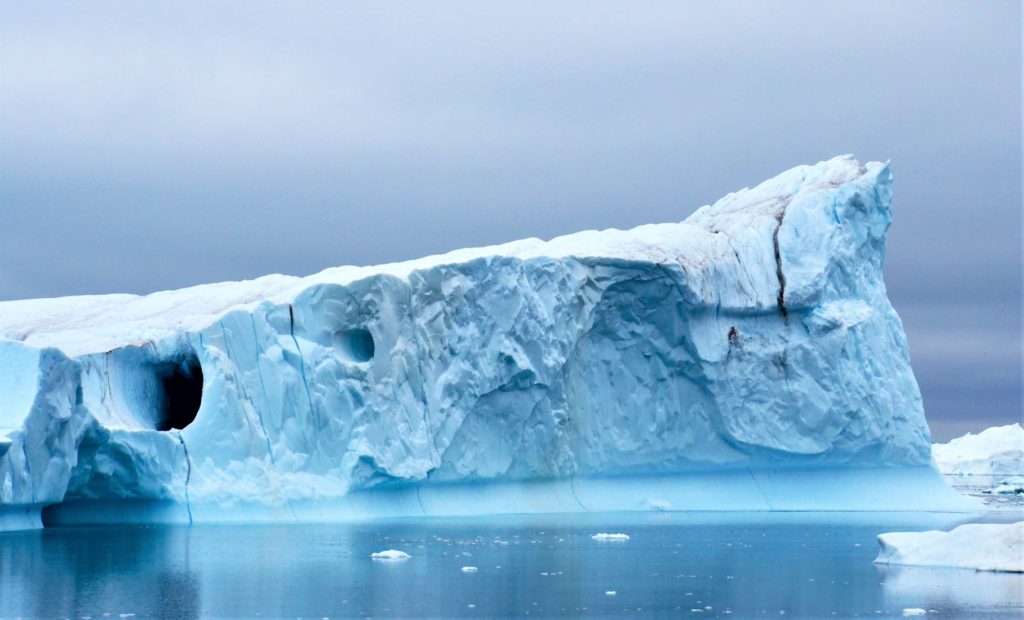Oceans and climate change – what’s the relationship?
The health of the oceans and climate change are two things that we’re talking about more and more.
But how does climate change affect the oceans and how do the oceans affect climate change? Plus, crucially, how do these relationships change as the planet warms up?
Here’s what you’ll learn in this short article (click to scroll):
Three important background facts
How climate change affects life in the oceans
What happens in the oceans as temperatures get hotter
What we can do to the oceans to help stop climate change
3 important background facts
Before we get in to it, here are three things you should know about our oceans:
- Oceans are the world’s biggest absorber of carbon dioxide. They absorb around 30% of the carbon dioxide we emit, far more than the planet’s forests. They are fundamental to the composition of the atmosphere.
- Over 90% of the excess heat trapped by greenhouse gasses since 1955 has been absorbed by the oceans.
- Ocean currents regulate global climate. They move hot water from the equator towards the poles and cold water from the poles towards the equator, distributing solar radiation more evenly across the planet. Without these currents, regional temperatures would be more extreme – even hotter at the equator and even colder at the poles.

How climate change affects life in our oceans
The more carbon dioxide we emit, the more oceans absorb. When it gets there, carbon dioxide reacts with seawater to create carbonic acid – so more emissions mean more acidic oceans.
This increased acidity, along with increased water temperatures, has a big impact on life in the ocean – changing ecosystems and upsetting the balance of life.
Some shellfish are unable to form shells, corals die, habitats change and the migrating ranges of marine life significantly decrease.
And don’t forget – this is on top of all that plastic pollution and continued over fishing.
What happens in the oceans as things get hotter
As we emit more greenhouse gasses and the planet heats up, our oceans change dramatically – and not for the better.
The properties of our oceans mean that as they warm up, they become less helpful in controlling atmospheric warming and more dangerous in the effect they have on life on land.
Here are six reasons why:
- Warmer oceans are less able to absorb carbon dioxide. The more of it we emit the less capacity the oceans have to absorb it (learn more here).
- A warmer planet means more ocean water will evaporate into the atmosphere. Water vapour is already the most abundant greenhouse gas – more of it will only accelerate climate change (learn more here).
- Melting ice caps mean even more warming. As ice caps melt, the reflective nature of ice and snow is replaced by the absorbent nature of deep blue oceans. Essentially, we reflect less of the sun’s energy back in to space, which heats the planet further (learn more here).
- Changing ocean temperatures mean changing ocean currents. Ocean currents dictate global weather patterns, so as they change, weather around the world will change too (this is a big topic – learn more about it here).
- Things expand when they get warmer – including water. So sea level rise from melting ice is exaggerated by sea level rise from warmer oceans (learn more here).
- More greenhouse gasses will be released. There is a lot of methane trapped under the ocean (methane is a greenhouse gas that’s over 30 times as powerful as CO2). As the world warms, much of this methane could be released into the atmosphere, which would have a dramatic, accelerating effect on climate change (learn more here).

What we can do to the oceans to help stop climate change
Not much.
We can keep them clean to minimise the harm caused to sea life, but it’s not so easy to do anything to the oceans to help mitigate climate change.
There are various ideas that have been proposed and explored.
Phytoplankton, one of the most abundant life forms in our seas, remove CO2 from the atmosphere and lock it below the surface. It’s been suggested that we could help encourage phytoplankton growth to increase their capacity to remove CO2, but the feasibility of this technology and the broader impact on the ecosystem is not yet known.
Creating white clouds from sea water to reflect sunlight back into space has also been explored many times. As yet the technology to do this remains untested and the wider implications aren’t fully understood.
In the future, technologies like these may help us fight climate change, but we cannot proceed on the assumption that they will.

So, what’s the conclusion…?
Oceans are vitally important in regulating atmospheric temperature change. They absorb huge amounts of carbon dioxide and the vast majority of the excess heat energy that emissions trap in the atmosphere.
But as we continue to pump emissions in to the air and the planet continues to warm up, oceans are going to struggle to keep things in check.
What can we do?
The battle to prevent our oceans reaching dangerous tipping points will not be fought in the oceans. Emission reductions, from countries, businesses and individuals, are – as ever – the most important part of the puzzle.
We can do this by making changes in our day-to-day lives, joining movements for change or making a donation through The Crowd or any other climate charities.



